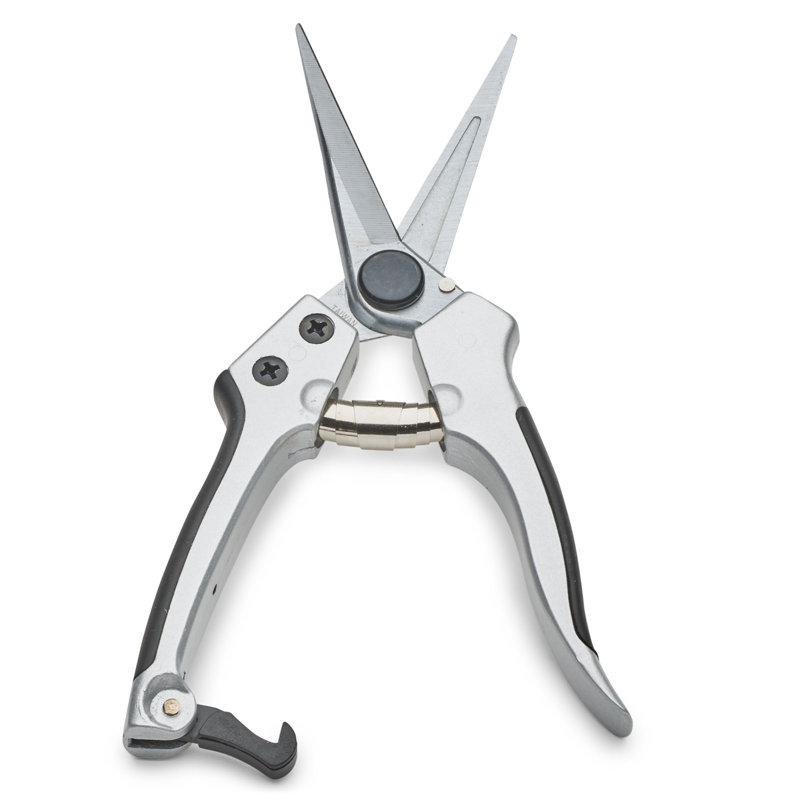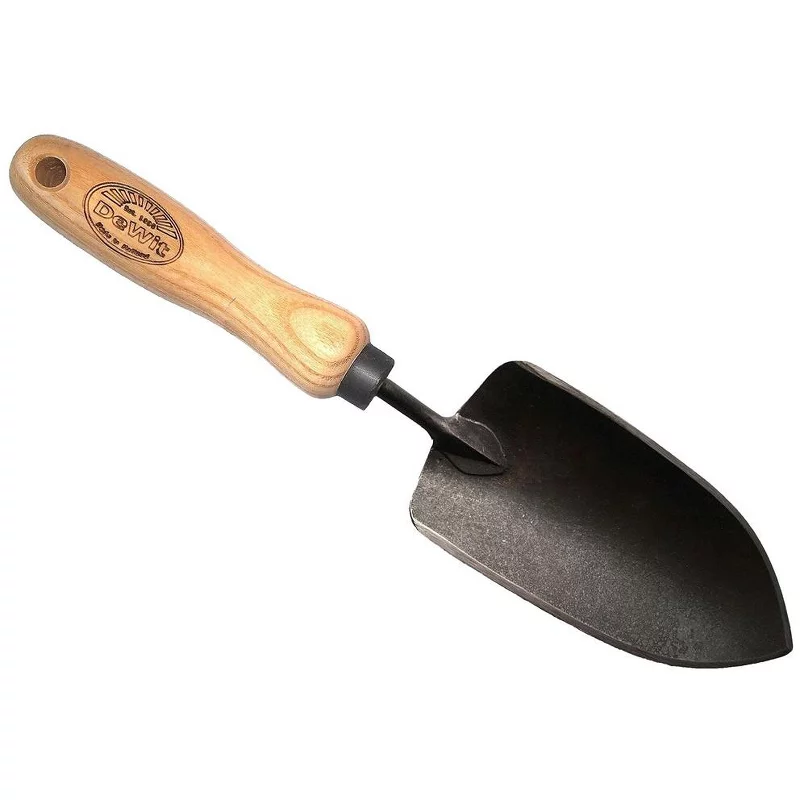How I created a capsule garden – editing my collection of plants and garden paraphernalia was the best thing I've done this year
A curated selection of well-chosen plants, gardening tools, and timeless outdoor living pieces has made my garden a more stylish and tranquil place. Here's how you can do it, too
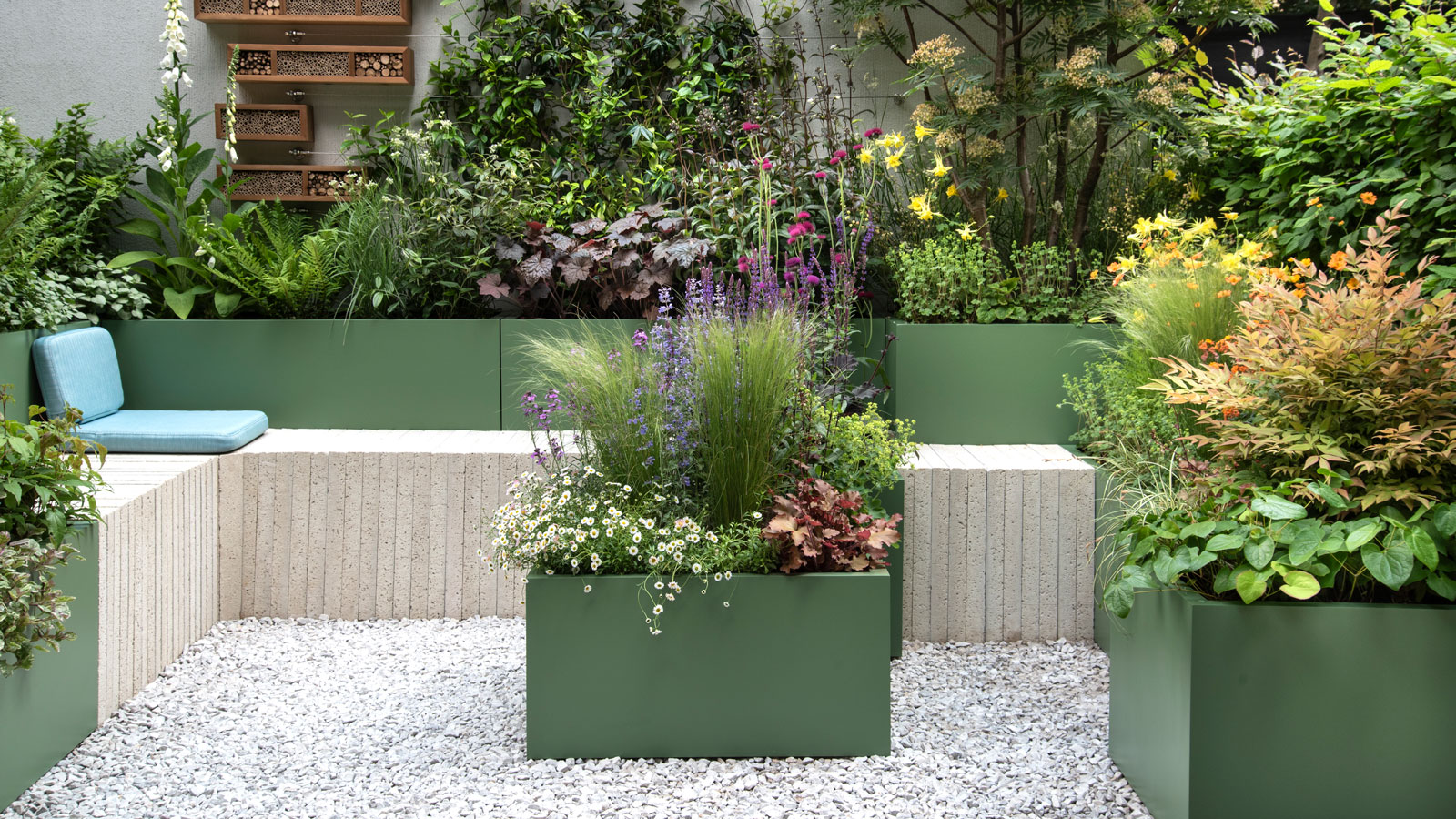

When I first heard the idea of creating a capsule garden I found it super appealing. It resonated as my first job was on fashion magazine Elle, where the idea of a carefully curated capsule wardrobe was the team go-to. It figures that the concept of a prized but pared down collection is easily transferable to a garden setting too.
As a gardening writer, I tend to be swamped by new ideas, plants and products every season, and at times it can feel a little overwhelming trying to sort the must-haves from the things to park. So the capsule collection idea of getting back to basics and downsizing to a few essential and timeless choices resonates as a way to cut down on the sheer amount of plants and features that make up my backyard ideas.
How does it work? A capsule garden is a collection of thoughtfully curated, easily interchangeable plants and accessories to maximize the number of 'looks' you can create. Once your collection is pared back it can be supplemented with seasonal favorites. I think of it as a way to Marie Kondo my yard. The capsule idea of buying less but buying better is a big trend for gardeners in 2025. So whether you're a beginner gardener looking for ways to start or already have a small yard or balcony that needs an overhaul, these ideas will lay the foundations of your future gardening success.
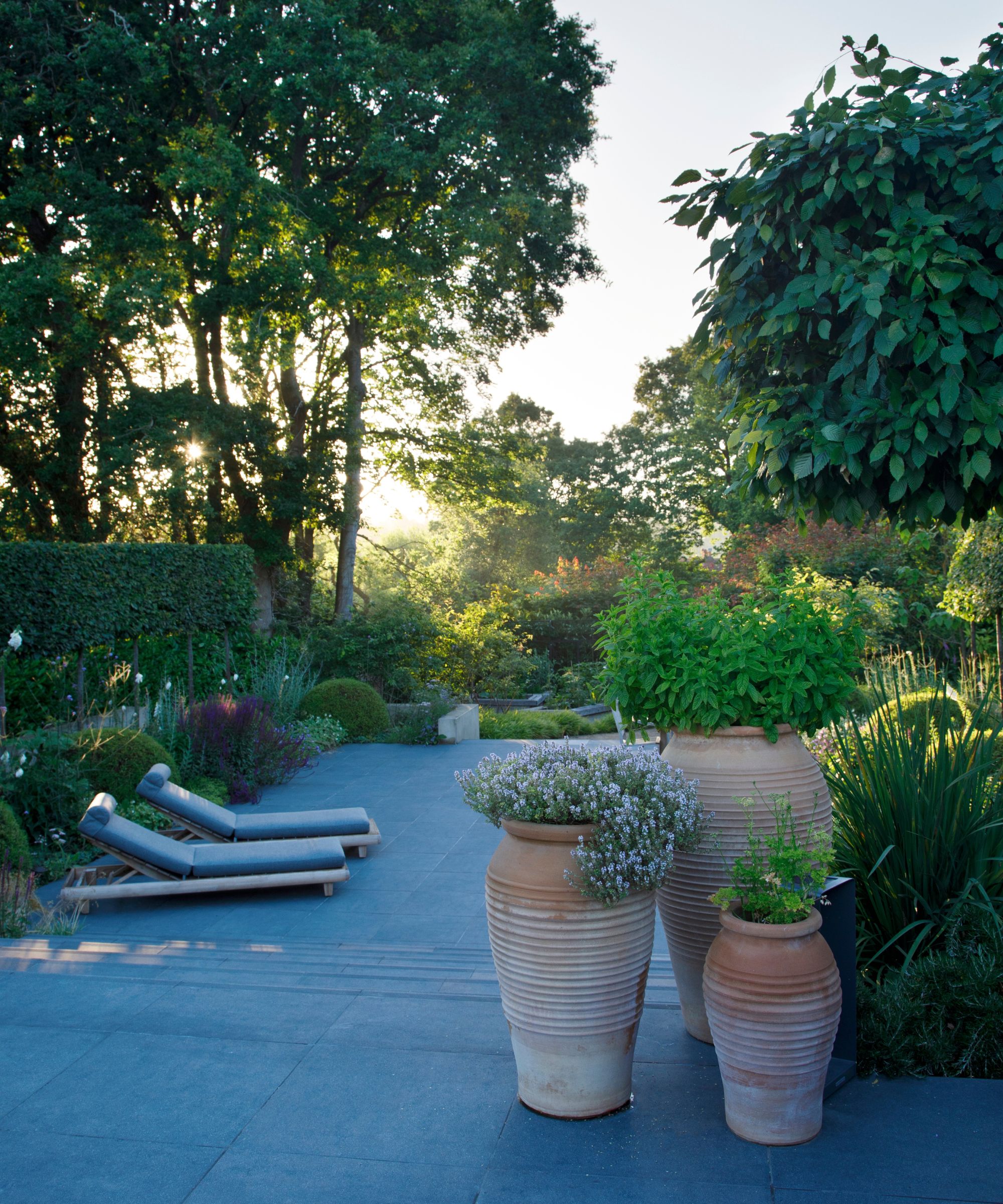
All you need are three larger planters to make a stylish focal point
1. Audit your plant collection
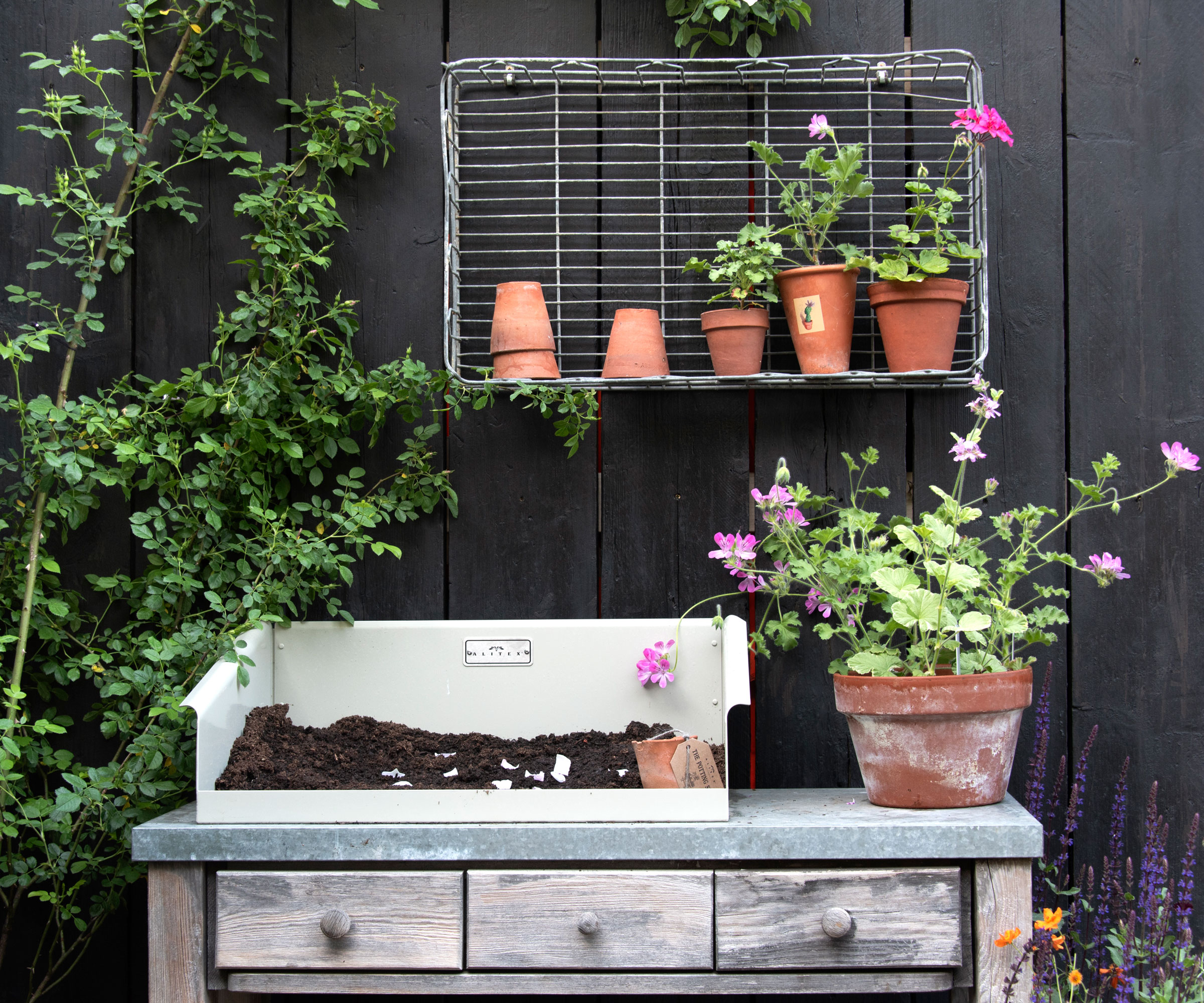
Pot up any spares and pass them on
The first stage to creating a capsule garden is to remove plants you're ready to part ways with. It's a good idea to look afresh at plants that have 'always been there' as it might be time to say goodbye.
The same applies to plants that aren't doing that well but you hang on to them just in case they come good. Face it, it's probably not going to happen any time soon.
Think about potting up plants you're done with and sharing them with friends or family, or local community gardening schemes. Just because these plants no longer work for you doesn't mean they won't delight someone else. It also feels appropriate for now as it's a more responsible and sustainable way of gardening.
2. Pick your capsule pieces, AKA your go-to plants
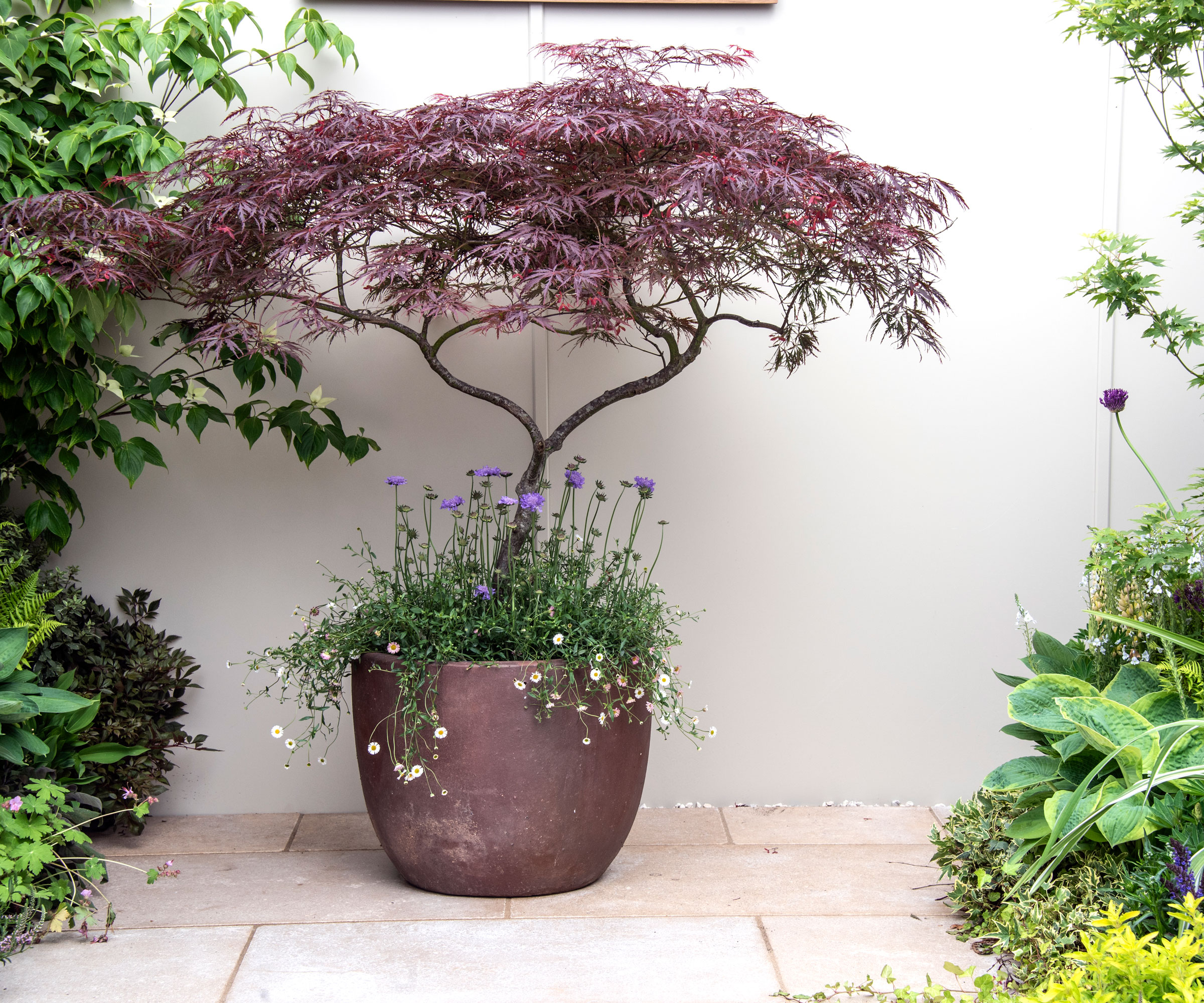
Every garden needs a shapely Japanese maple
The next step to creating a capsule garden is identifying any favourite plants you want to keep or the ones you want to buy if you're new to gardening. This list of plants will form one of the key elements in your capsule garden design.
Design expertise in your inbox – from inspiring decorating ideas and beautiful celebrity homes to practical gardening advice and shopping round-ups.
Once you focus on the plants that deserve a place in your capsule garden it's much easier to think about how to show them off to their best advantage. For me it's all about hydrangeas that leaf up and add long-lasting blooms – I can't get enough of them.
Choose a mix and match approach of classic plants that look good and are easy to care for, as well as being a good fit for the available space. This will make up the core of your planting, and can be accessorized with seasonal additions such as bulbs and annuals, as desired, throughout the year.
Be sure to include plants for pollinators (I have plenty of salvias which are one of the best for bees and butterflies, including my all-time favorite Salvia nemorosa 'Caradonna', available at Nature Hills ), as well as plenty of container gardening ideas for switching up your look with ease every few months.
3. Choose your go-to color scheme
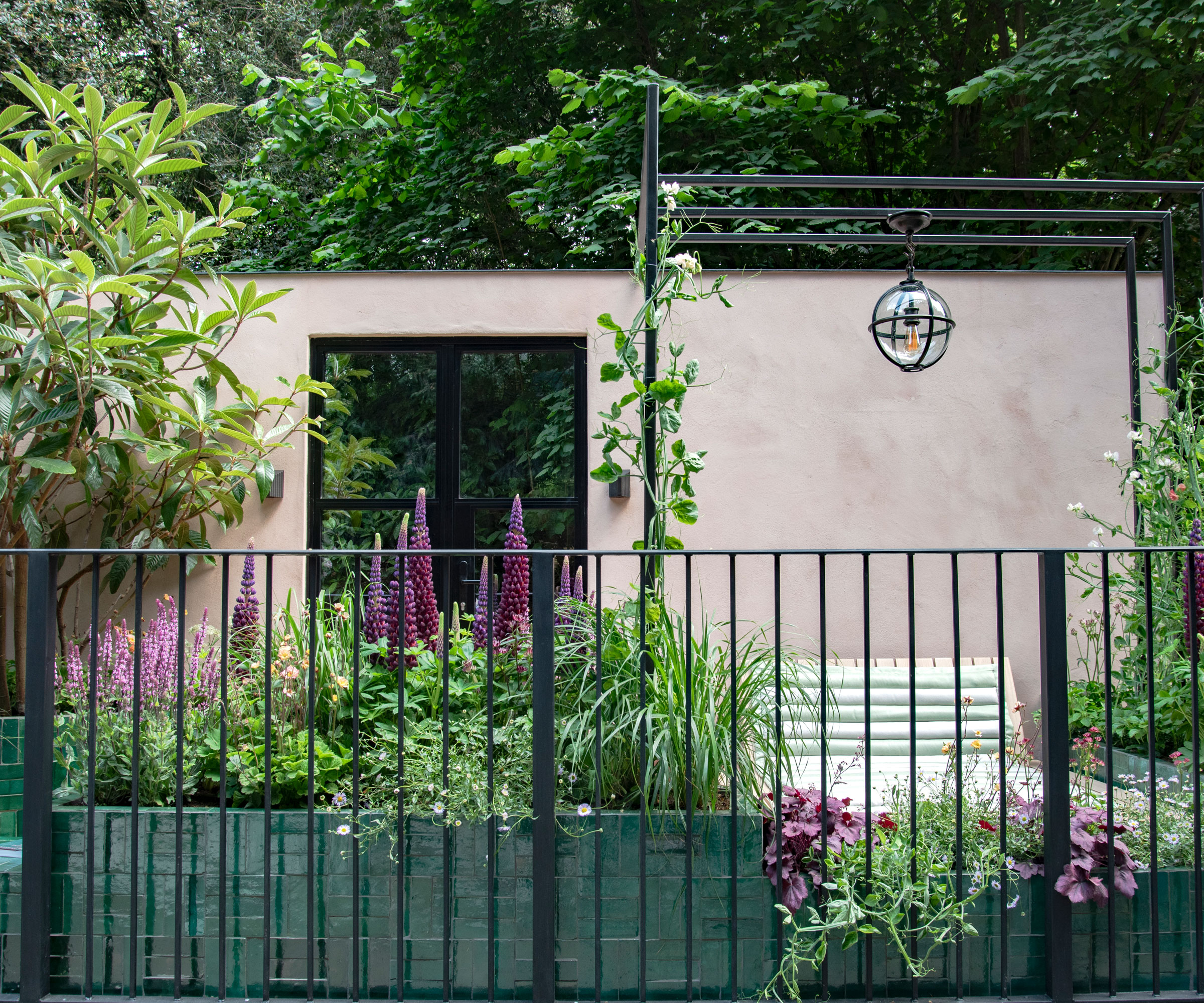
A pop of purple like these gorgeous lupins adds personality to a pastel color theme
In the same way that every capsule wardrobe features clothes in the key colors you lean towards, the same principle works for plants, outdoor furniture, and garden decor. The best capsule garden ideas work by pulling together a look, and the color palette helps to co-ordinate this.
Choosing a predominantly neutral color palette makes it much easier to mix and match. Neutral colors such as cream, white and soft pastels are easy to work with and pull a theme together.
If you love the idea of adding vibrancy use one or two accent colors to introduce personality to your outdoor scheme, in the same way as you would accessorize your wardrobe basics with a bright scarf or bag.
4. Have plenty of foundation pieces, AKA foliage plants
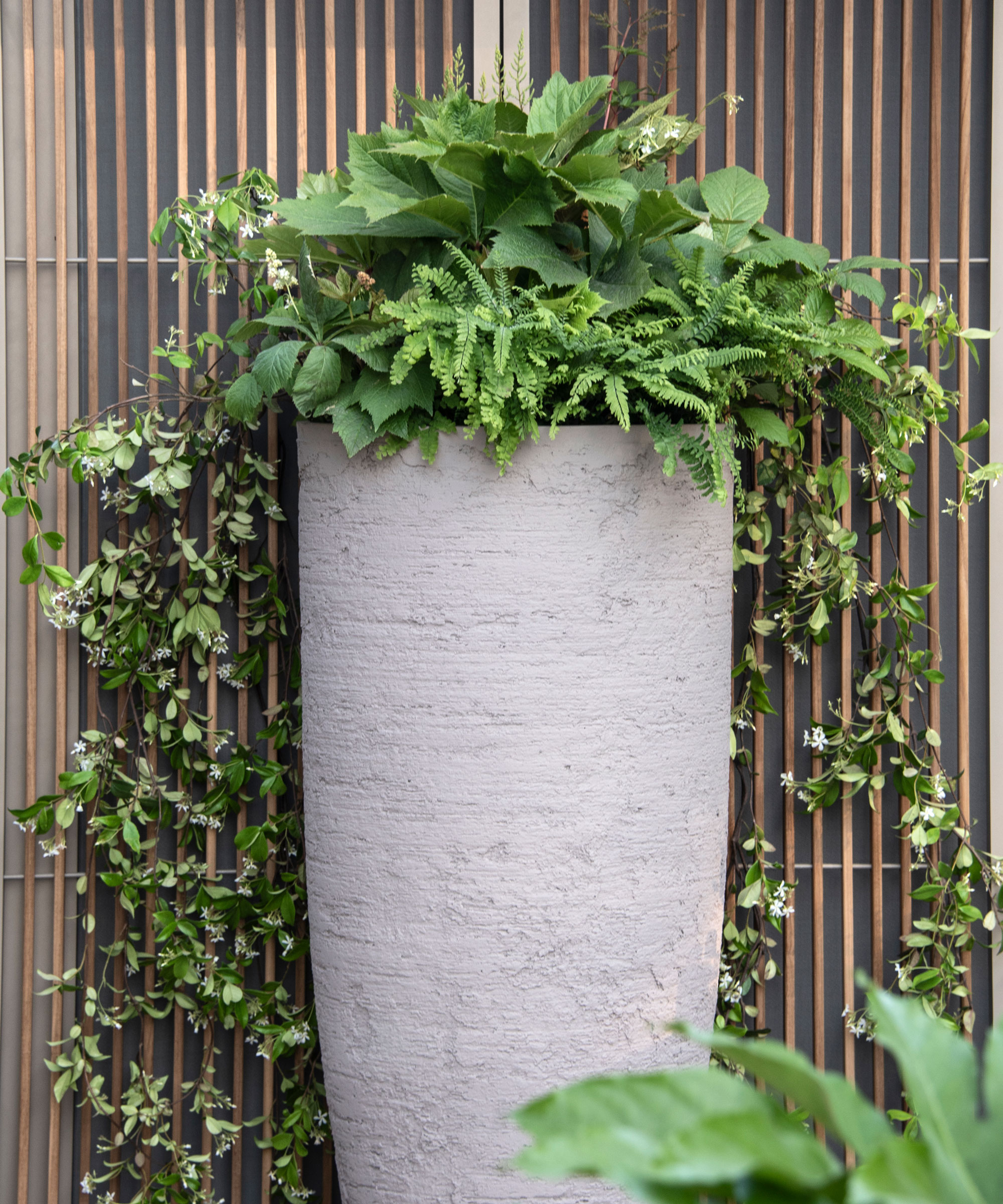
Foliage plants are key to nailing the look
Green up your garden space by identifying any gaps and adding lush foliage plants. This is probably the one area where you can't have enough.
My go-to foliage plants are Fatsia japonica, hostas, ferns, and euphorbia, which all thrive in different areas of my outdoor space according to sun and shade requirements. The key thing here is that they are all so easy to grow if you plant them in the right spot.
Once they leaf up in early summer (Fatsia aside, which is evergreen and adds year-round interest) the garden instantly seems to switch into 'professionally designed' mode. Once you hit on a plant that works it makes sense to multiply it – repeat planting is definitely the way to go.
5. Choose a co-ordinated theme and stick with it
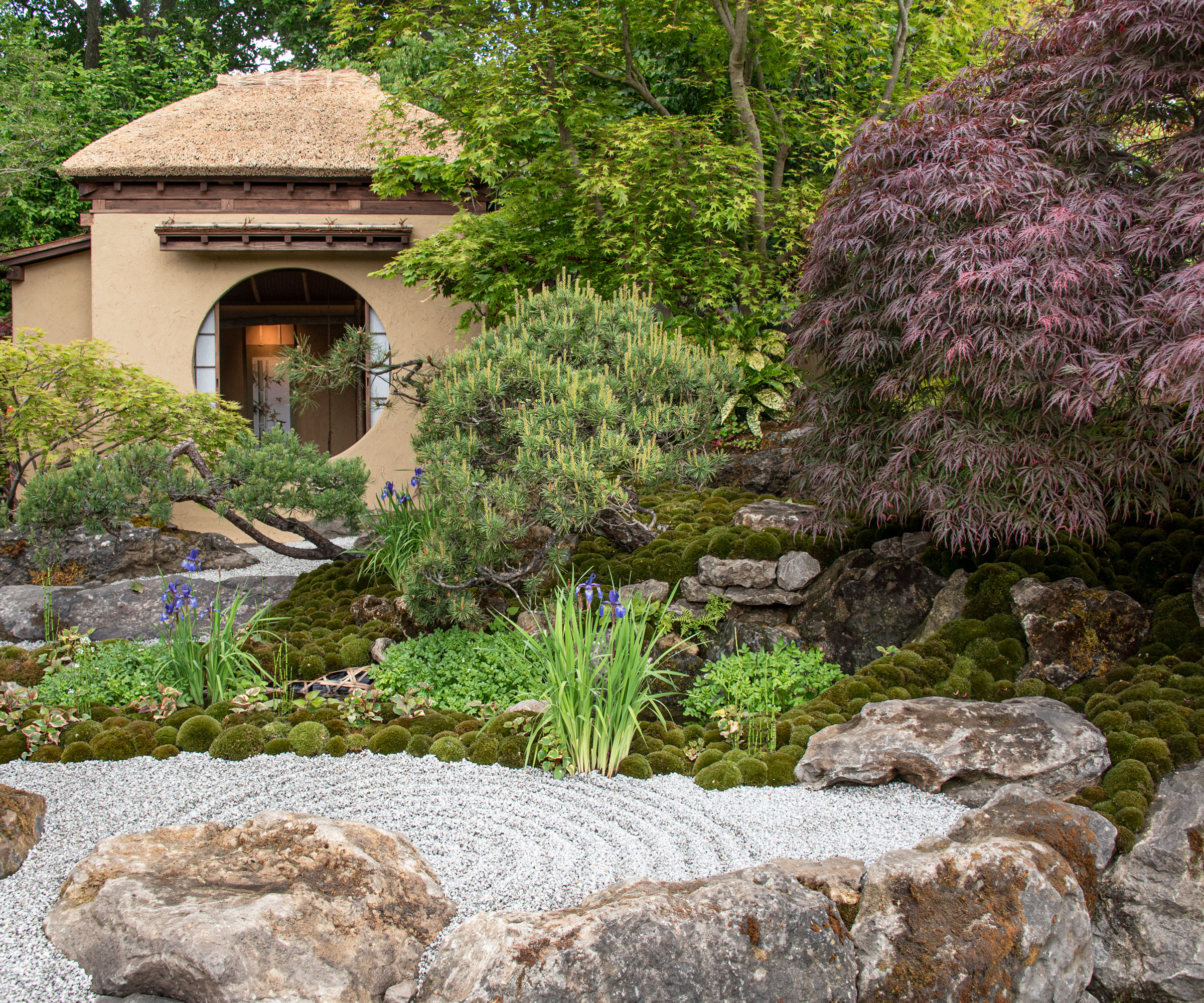
Maybe add a little zen to your outdoor space
You can't beat a theme for a capsule garden as it helps shape and streamline your decisions in terms of what to buy or add to your space, making the process so much easier. As soon as you settle on ideas for a Japanese or Mediterranean garden, for example, your plant and decor choices will slot into place.
It doesn't have to be that prescriptive either. Simply choosing between more broad categories such as contemporary and modern garden ideas or cottage garden ideas soon helps you to refine your choices.
Once I settled on 'urban wildlife sanctuary' as the theme for my own outdoor space things soon shaped up. It was immediately clear the shiny but seldom-used outdoor grill station just had to go (it was rehomed).
6. Decide what you need in a capsule gardening kit
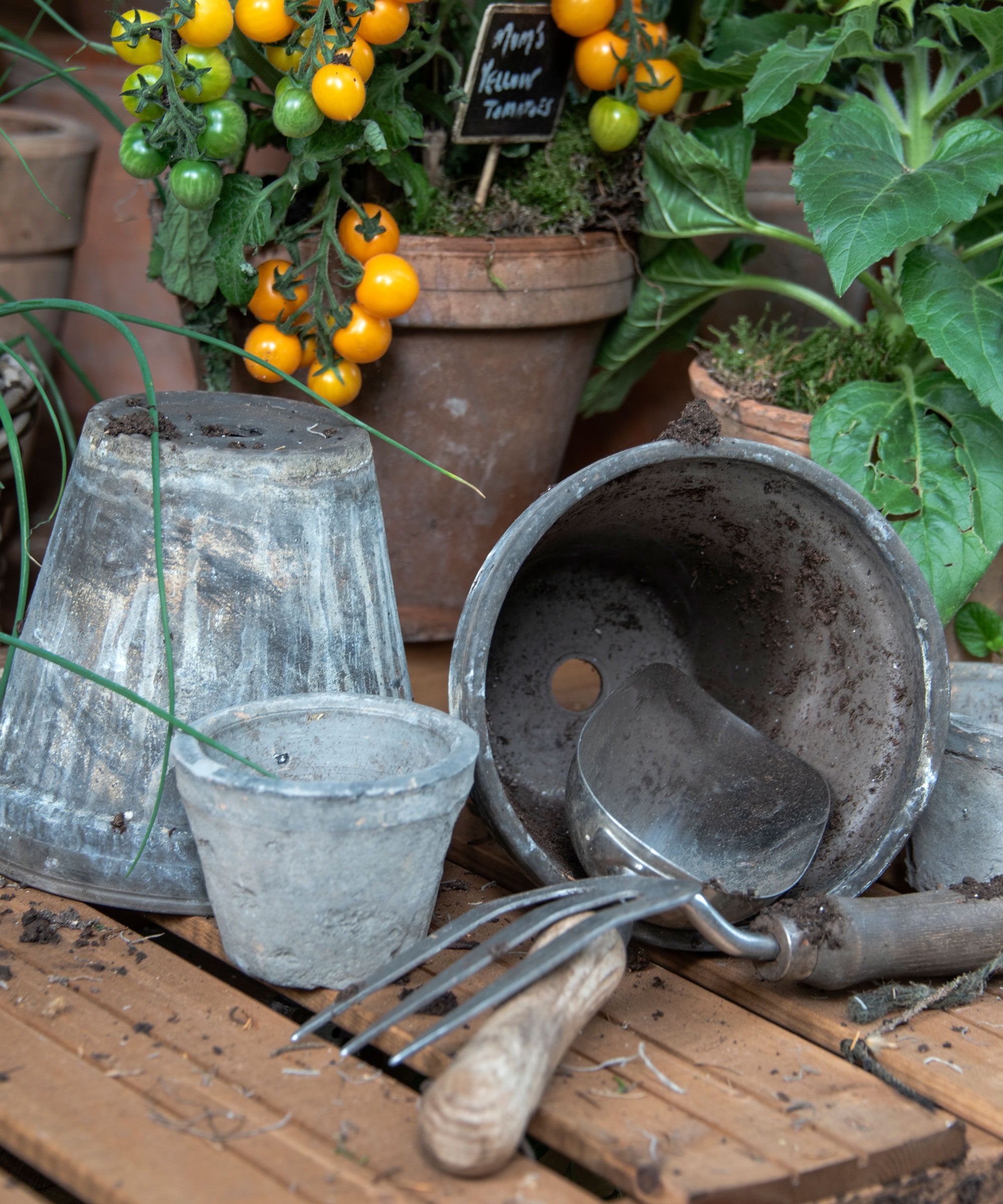
Clear the clutter
Every good gardening tool kit needs to cover the basics to get planting and maintenance jobs done. Make sure you have planting, weeding and pruning jobs covered as part of pulling together your essential gardening tools kit.
Much of the other stuff I've accumulated tends to gather dust. It can be handy to have a bulb planter and a compost scoop but in the spirit of decluttering I edited down my tools to save space. A good rule to stick by is 'use it or lose it'.
If you have a compact balcony or terrace garden you can probably get by with a small trowel and hand fork set, as well as a weeding tool such as a small weeding knife. You will also need some good garden scissors for dead heading plants and some pruning shears to remove dead stems and tidy up unruly foliage.
If you have a bigger garden you may need a large digging fork and spade to prep the ground, as well as a long-handled hoe to weed and a rake to sweep up leaves. If you have big shrubs you will need a lopper or possibly a small folding saw.
7. Focus garden furniture choices around basic needs
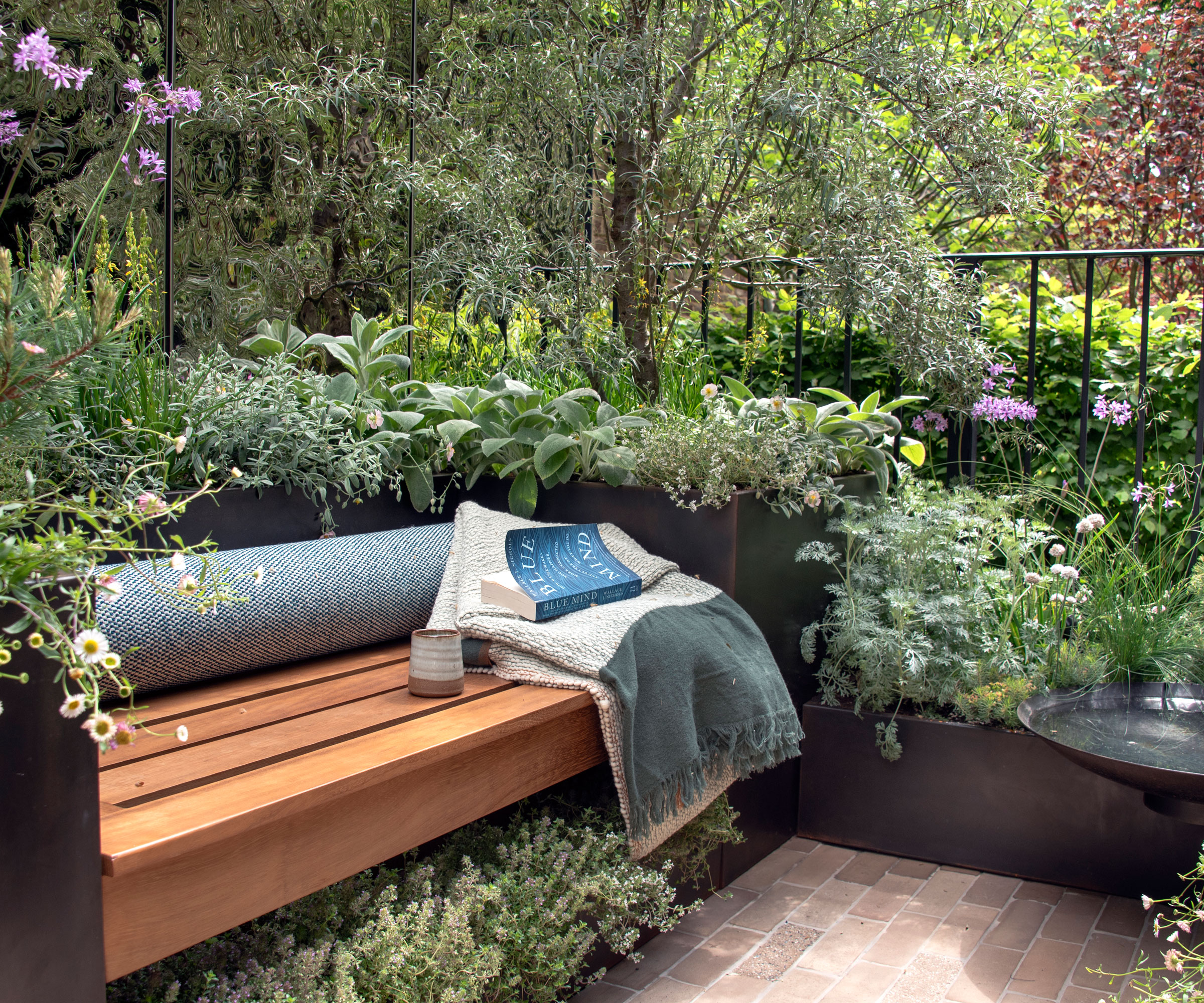
All you really need is a place to sit and somewhere to perch your drink
If you are starting your capsule garden from scratch take into account the outdoor dimensions you're working with and be realistic if you're styling up a balcony, terrace garden, or small patio. Really, the only piece of furniture you absolutely need is one that offers a comfortable place to sit.
If you're decluttering an existing garden space shift the items you're ready to part with and get them out of your home as soon as you can, as there's always a danger you might change your mind. Donate or sell what you can. Only keep hard working items that deserve their place in your capsule garden.
8. Less is more when accessorizing a look
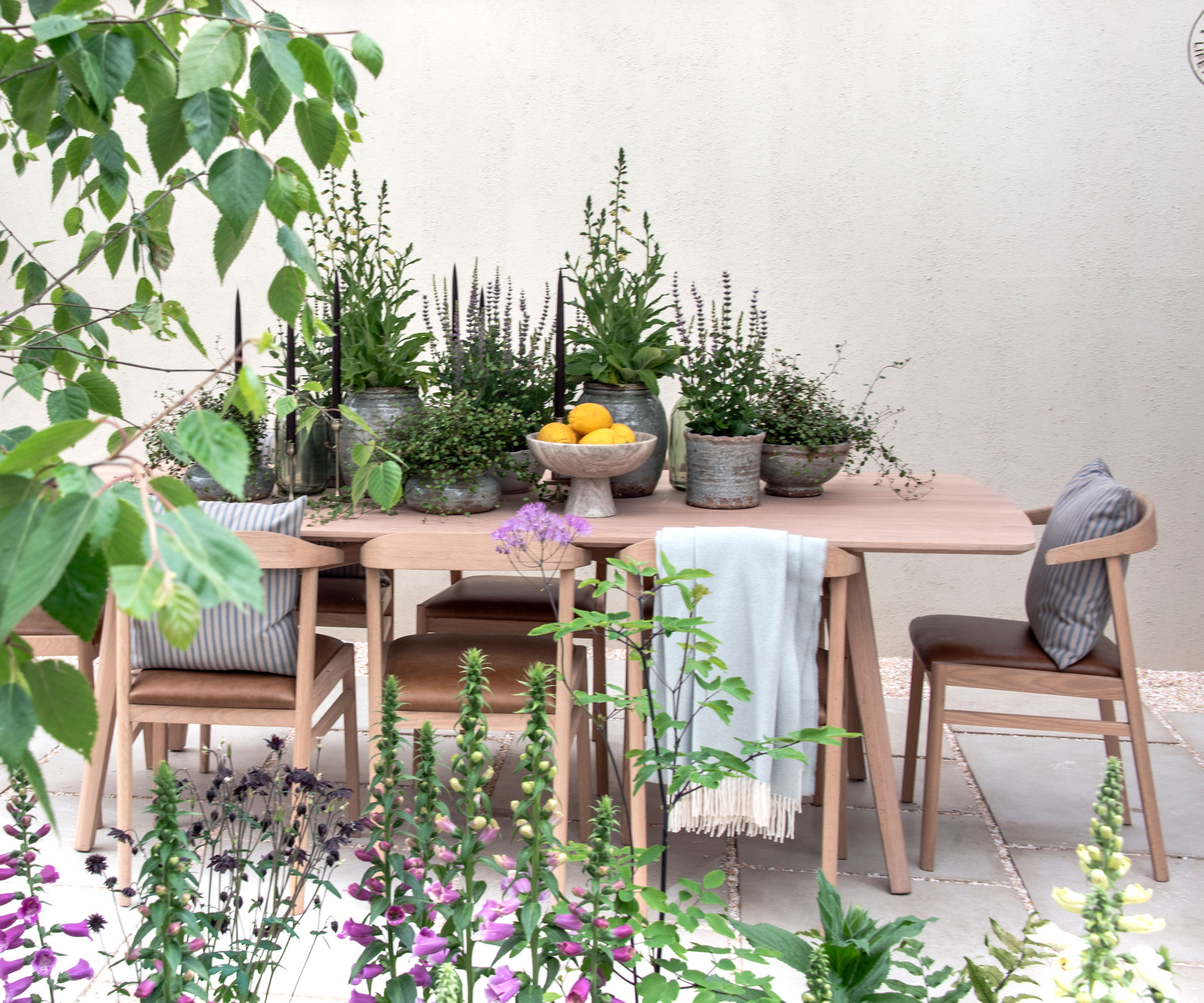
Only choose what's beautiful and useful
It's tempting to keep layering on the details but this can lead to a cramped and cluttered look where nothing shines. Resist the urge to add things back as soon as you've pared them down, asking yourself do I really need these things.
Take photos of accessories you love to build up a portfolio you can reference in future to style up your capsule garden. Create a folder in your photo app specifically for favorite finds so you can pull them up quickly when you're at the garden center or browsing online.
Layering adds interest and is the simplest way to take a basic look to the next level, and make even the simplest piece stand out.
Refining your outdoor space makes it so much more restful if you want to turn your garden into the urban oasis of your dreams. Creating a capsule garden means you will end up with a place where you will want to linger and enjoy being in nature.

Lifestyle journalist Sarah Wilson writes about garden design and landscaping trends for Homes & Gardens. She has studied introductory garden and landscape design, and also has an RHS Level 2 qualification in the Principles of Plant Growth and Development. She is a regular contributor to Homes & Gardens and Livingetc. She has also written for Country Living, Country Homes & Interiors, and Modern Gardens magazines
